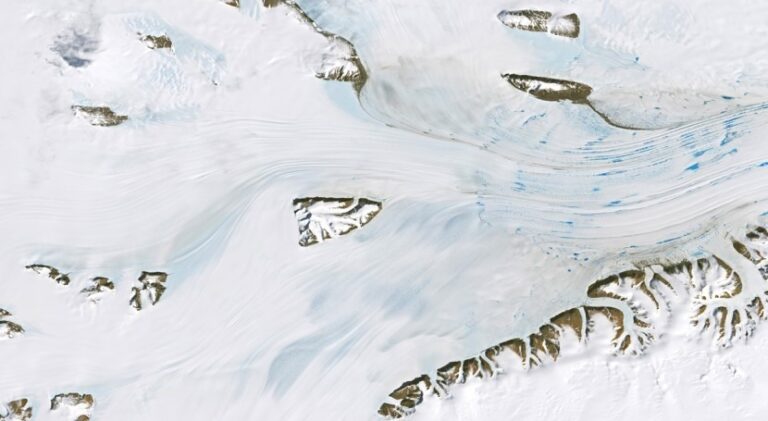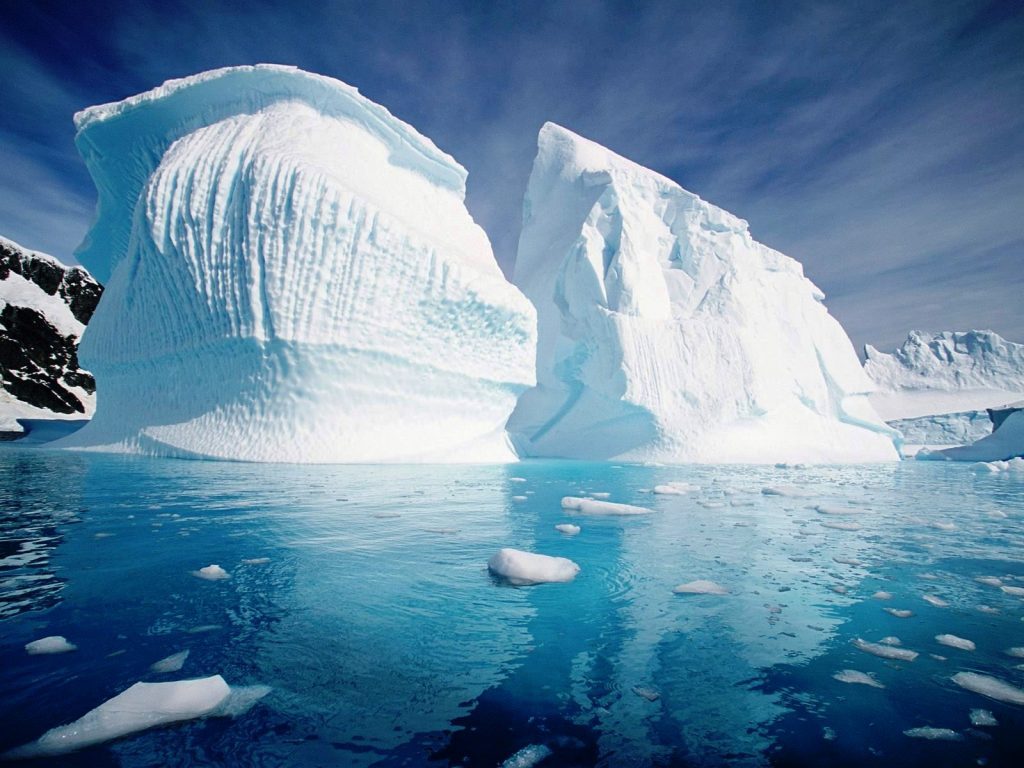The record-breaking melting in Antarctica, recorded in 2024, is a fact. The melting of ice sheets, even in traditionally cold regions, has reached worrying levels.
One of the cases that caught the attention of scientists is that of the Amery Ice Shelf, located in the east of the continent.
According to satellite images captured on January 1, 2025 by Landsat 8, meltwater is visible in large areas of the shelf. Why did this raise an alarm in the scientific community and what could be the consequences.
Record-breaking melting in Antarctica: where is it happening
This extreme situation could have serious implications on the water cycle, coastal flooding, and the global rise in sea level.
The Amery Ice Shelf, one of the largest in Antarctica, plays a crucial role in maintaining the balance of the glaciers that feed it. It acts as a natural barrier, slowing down the flow of ice towards the ocean.

However, the increase in summer temperatures in the southern hemisphere is causing the formation of meltwater ponds on its surface.
These ponds, visible as bluish puddles in satellite images, are the result of ice melting in low points of the shelf.
“The Amery is unique due to its inland extent of over 500 kilometers and its proximity to bedrock exposures,” explained Christopher Shuman, a glaciologist from the University of Maryland.
“Still, even in the extreme cold of Eastern Antarctica, seasonal changes are causing melting in areas far from the coast,” he emphasized.
The consequences of this phenomenon
When meltwater drains through fractures in the ice sheet, it can weaken the shelf. This reduces its capacity to contain the flow of glaciers towards the ocean, accelerating the rise in sea level.
Bert Wouters, a researcher at Delft University of Technology, pointed out that, although meltwater ponds in the Amery are not a new phenomenon, their early appearance in the melting season is concerning.
“It is still relatively early, and we are likely to see more pond formation in the coming weeks,” he stated.
The melting recorded in late December 2024 set records, with satellite sensors detecting melting on over 3% of the surface of the Antarctic ice sheet. It is an unprecedented level.

This widespread melting could alter the water cycle by increasing the amount of liquid water in the system, which in turn feeds into ocean levels and exacerbates coastal flooding.
Additionally, previous research has shown that only a few degrees increase in temperature would be needed for currently colder areas of the ice shelf to become vulnerable to surface melting.
Have you checked out our YouTube channel yet? Subscribe now!

